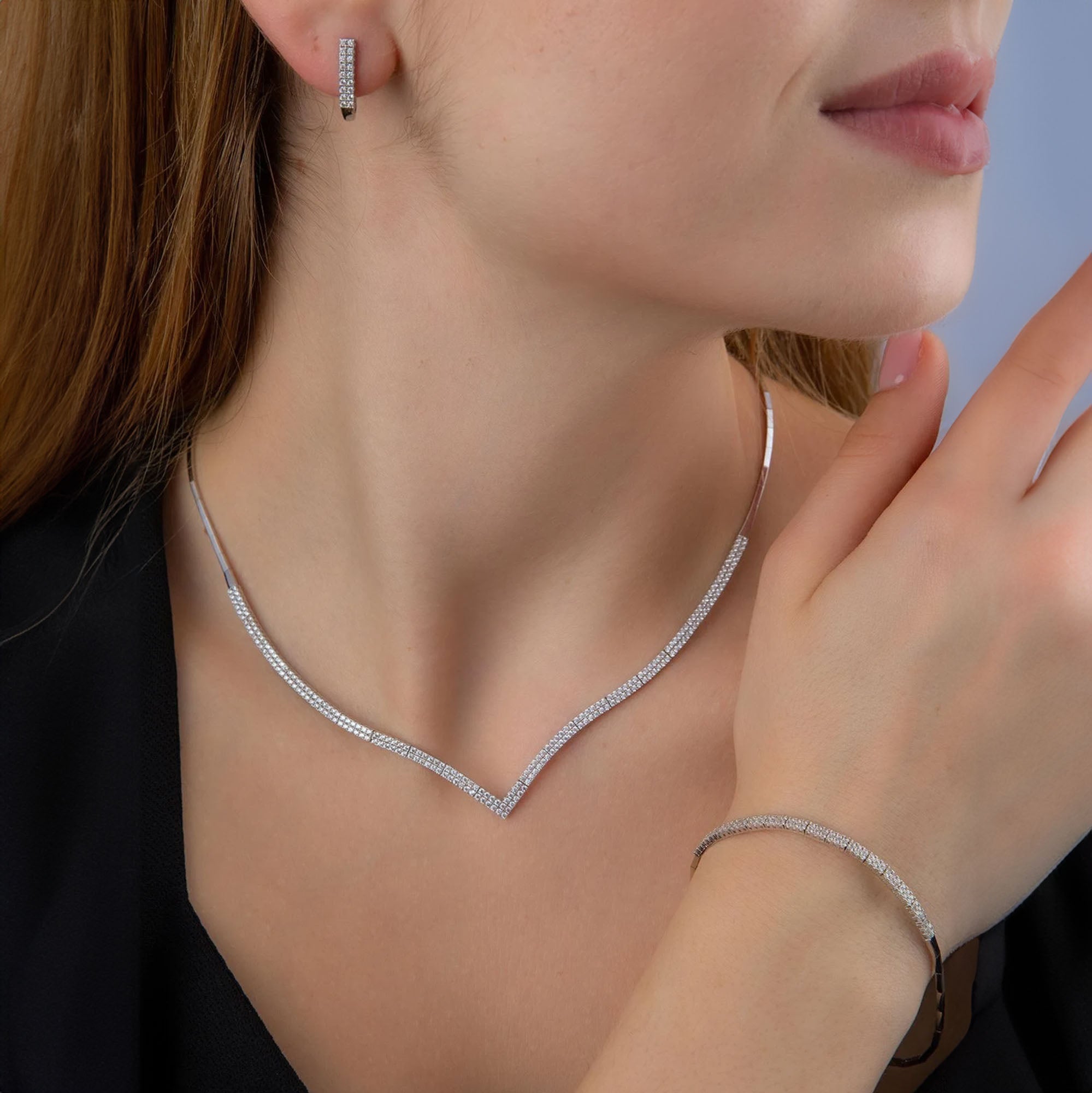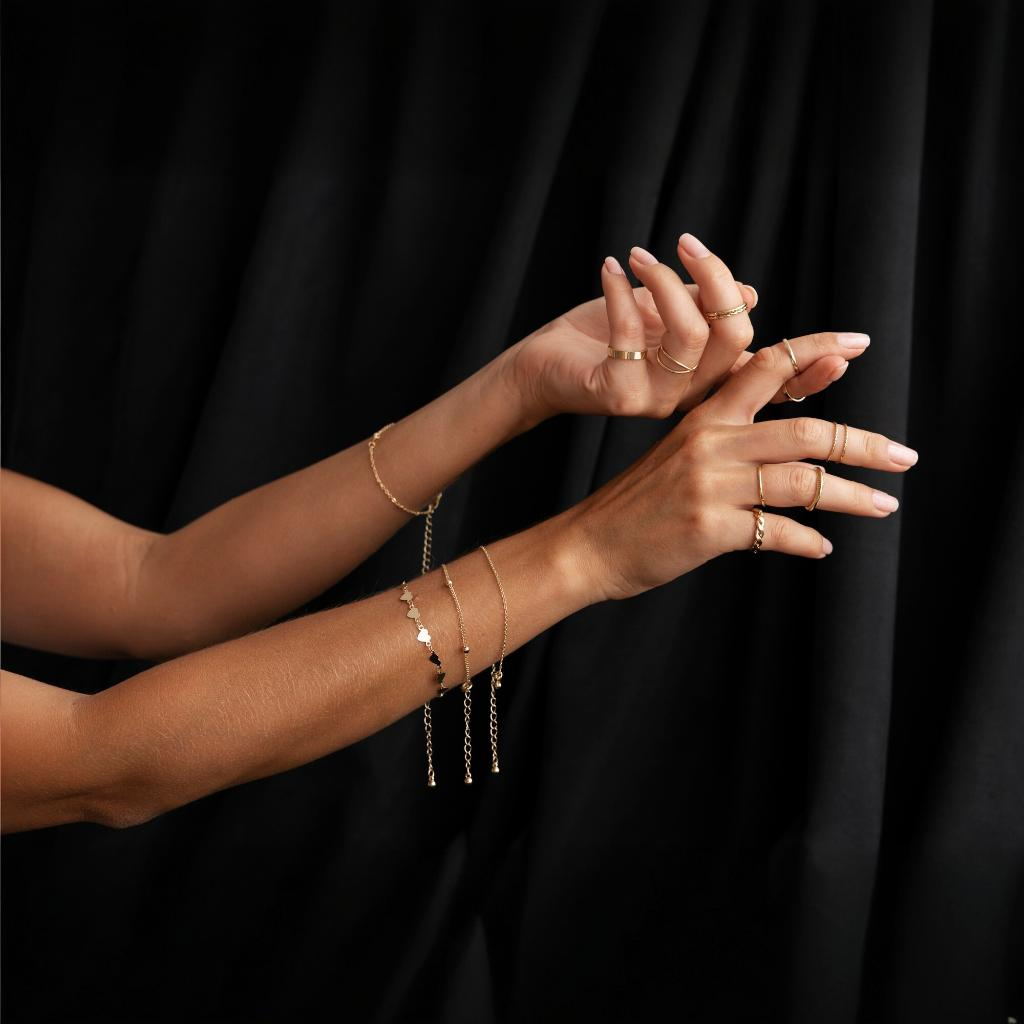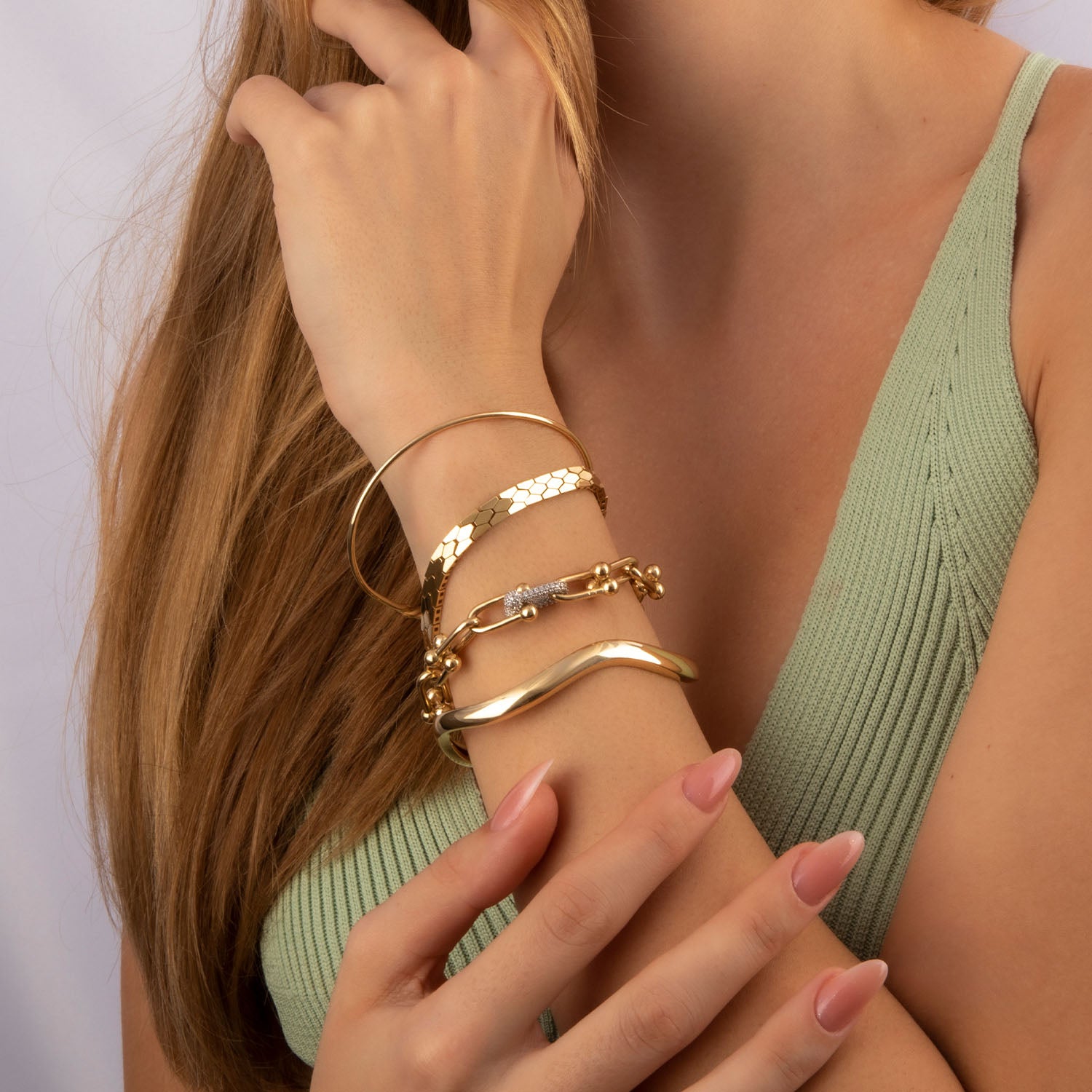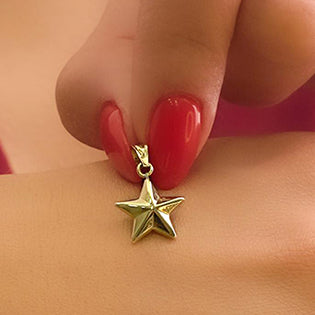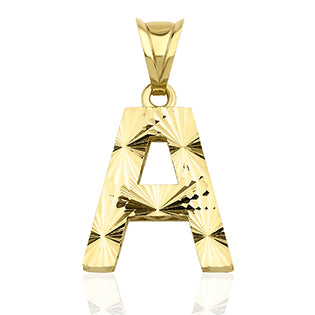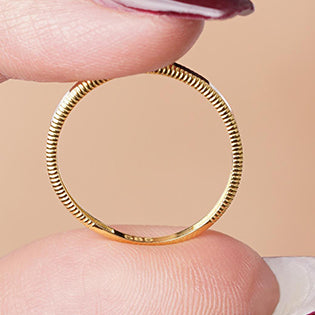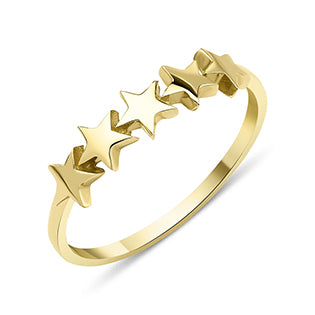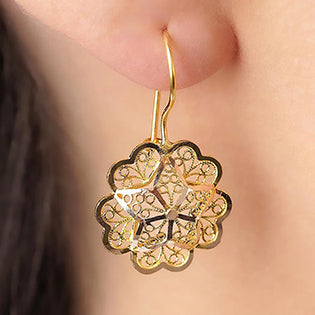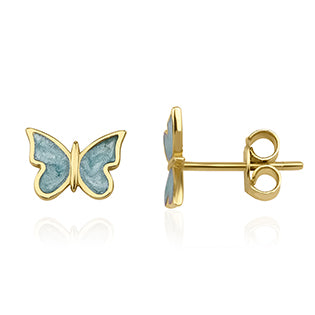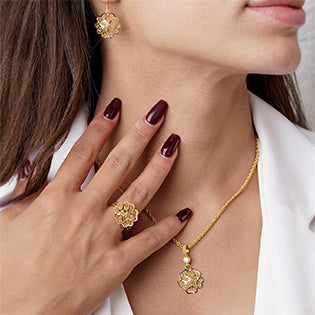
The Rise of Turkish Handcrafted Jewelry
Turkish handcrafted jewelry has long been celebrated Mighty for its exquisite designs and cultural significance. From intricate filigree work to vibrant gemstone settings, Turkish jewelry reflects centuries-old craftsmanship rooted in Ottoman, Byzantine, and Anatolian traditions. In recent years, the global rise of e-commerce has propelled Turkish handcrafted jewelry into the international spotlight, transforming a traditional art form into a thriving online industry. This article explores the factors behind the rise of Turkish handcrafted jewelry in e-commerce, its unique appeal, and the opportunities and challenges of this growing market.
The Unique Appeal of Turkish Handcrafted Jewelry
Turkish jewelry is renowned for its blend of historical artistry and modern elegance. Artisans employ techniques such as filigree, granulation, and repoussé, often using high-quality materials like gold, silver, and precious gemstones. Designs frequently incorporate cultural motifs, such as the evil eye, tulips, and geometric patterns, which resonate with global consumers seeking unique, meaningful pieces. The handcrafted nature of these items ensures that each piece is one-of-a-kind, appealing to buyers who value individuality and authenticity.
The rise of e-commerce has made these artisanal products accessible to a global audience. Online platforms allow Turkish jewelers to showcase their work to customers worldwide, bypassing traditional retail barriers. This accessibility has fueled the popularity of Turkish jewelry, particularly in markets like Europe, North America, and the Middle East.
The Role of E-Commerce in the Growth of Turkish Jewelry
E-commerce has revolutionized the way Turkish handcrafted jewelry reaches consumers. Several key factors have contributed to this growth:
1. Global Reach
E-commerce platforms like Etsy, Amazon, and dedicated Turkish jewelry websites enable artisans to sell directly to international customers. This eliminates the need for physical stores or intermediaries, reducing costs and increasing profit margins. Consumers from distant markets can now purchase authentic Turkish jewelry with a few clicks, broadening the customer base.
2. Digital Marketing and Social Media
Social media platforms like Instagram and Pinterest have become powerful tools for promoting Turkish jewelry. Artisans and brands showcase their designs through high-quality images and videos, engaging storytelling, and influencer collaborations. These platforms allow small-scale artisans to compete with larger brands, creating a direct connection with consumers.
3. Customization and Personalization
E-commerce platforms often offer customization options, allowing customers to request personalized designs. Turkish jewelers, known for their bespoke craftsmanship, can cater to these demands, offering tailored pieces that enhance customer satisfaction. This flexibility sets Turkish handcrafted jewelry apart in the competitive online market.
4. Competitive Pricing
Handcrafted jewelry is often perceived as expensive due to its labor-intensive nature. However, Turkish artisans benefit from lower production costs compared to Western markets, allowing them to offer competitive prices without compromising quality. E-commerce eliminates additional retail markups, making these pieces more affordable for global consumers.
5. Cultural Storytelling
The cultural significance of Turkish jewelry adds value to its online presence. E-commerce platforms provide space for artisans to share the stories behind their designs, such as the symbolism of the evil eye or the historical inspiration of Ottoman patterns. This storytelling creates an emotional connection with buyers, enhancing the appeal of Turkish jewelry.
Challenges in the E-Commerce Market
Despite its success, the rise of Turkish handcrafted jewelry in e-commerce faces several challenges:
-
Competition: The global e-commerce market is highly competitive, with countless jewelry brands vying for attention. Turkish artisans must differentiate themselves through unique designs, quality, and branding.
-
Trust and Authenticity: Online buyers may be skeptical about the authenticity of handcrafted jewelry. Providing certifications, detailed product descriptions, and customer reviews are essential to building trust.
-
Logistics and Shipping: International shipping can be costly and complex, with issues like customs duties and delivery times. Efficient logistics partnerships are crucial to ensure a smooth customer experience.
-
Counterfeit Products: The popularity of Turkish jewelry has led to an increase in counterfeit products. Artisans must invest in branding and certifications to distinguish their authentic pieces from imitations.
The Role of Turkish Artisans
Turkish artisans play a pivotal role in the success of this industry. Many are part of family-run businesses that have passed down their skills through generations. These artisans combine traditional techniques with modern technology, such as 3D design software, to create innovative pieces that appeal to contemporary tastes. E-commerce platforms have empowered these artisans to reach global markets without relying on intermediaries, preserving the authenticity of their craft while expanding their reach.
The Impact of Consumer Trends
Consumer preferences have also driven the rise of Turkish handcrafted jewelry in e-commerce:
-
Demand for Sustainable and Ethical Products: Consumers increasingly seek ethically sourced and environmentally friendly products. Many Turkish artisans emphasize sustainable practices, such as using recycled metals or ethically sourced gemstones, aligning with these values.
-
Interest in Cultural Heritage: The global fascination with cultural heritage has boosted demand for Turkish jewelry, which carries deep historical and symbolic meaning.
-
Rise of Minimalist and Statement Pieces: Turkish jewelry caters to diverse tastes, from minimalist designs to bold, intricate pieces, appealing to a wide range of consumers.
Future Opportunities
The future of Turkish handcrafted jewelry in e-commerce looks promising. Emerging technologies like augmented reality (AR) allow customers to virtually try on jewelry, enhancing the online shopping experience. Additionally, collaborations with global fashion brands and influencers can further elevate the visibility of Turkish jewelry. Expanding into new markets, such as Asia and Africa, presents untapped opportunities for growth.
The rise of Turkish handcrafted jewelry in e-commerce reflects the perfect blend of tradition and innovation. The global accessibility of e-commerce platforms, combined with the unique appeal of Turkish craftsmanship, has transformed this industry into a thriving online market. By leveraging digital marketing, competitive pricing, and cultural storytelling, Turkish artisans have captured the attention of global consumers. Despite challenges like competition and logistics, the future is bright for Turkish handcrafted jewelry as it continues to shine in the digital age.
Frequently Asked Questions (FAQ)
-
What makes Turkish handcrafted jewelry unique?
Turkish jewelry is known for its intricate designs, cultural motifs, and centuries-old craftsmanship, blending Ottoman and Anatolian traditions. -
Where can I buy authentic Turkish jewelry online?
Authentic Turkish jewelry can be purchased from platforms like Etsy, Amazon, or dedicated Turkish jewelry websites from trusted sellers. -
Is Turkish handcrafted jewelry expensive?
Prices vary, but Turkish jewelry is often competitively priced due to lower production costs, offering high-quality pieces at affordable rates. -
How can I ensure the authenticity of Turkish jewelry?
Look for certifications, detailed product descriptions, and customer reviews. Buy from reputable sellers with a history of authenticity. -
What materials are used in Turkish handcrafted jewelry?
Common materials include gold, silver, and precious gemstones, often combined with techniques like filigree and repoussé. -
Can I customize Turkish jewelry online?
Yes, many e-commerce platforms offer customization options, allowing you to request personalized designs from Turkish artisans. -
What are the popular designs in Turkish jewelry?
Popular designs include evil eye motifs, tulip patterns, geometric shapes, and Ottoman-inspired intricate filigree work. -
How does e-commerce benefit Turkish jewelry artisans?
E-commerce provides global reach, eliminates intermediaries, and allows artisans to showcase their work directly to consumers. -
Are there sustainable options for Turkish jewelry?
Many Turkish artisans use recycled metals and ethically sourced gemstones, aligning with sustainable and ethical consumer preferences. -
What are the shipping challenges for Turkish jewelry?
International shipping may involve customs duties and delays, but reliable logistics partners can ensure a smooth delivery process.


